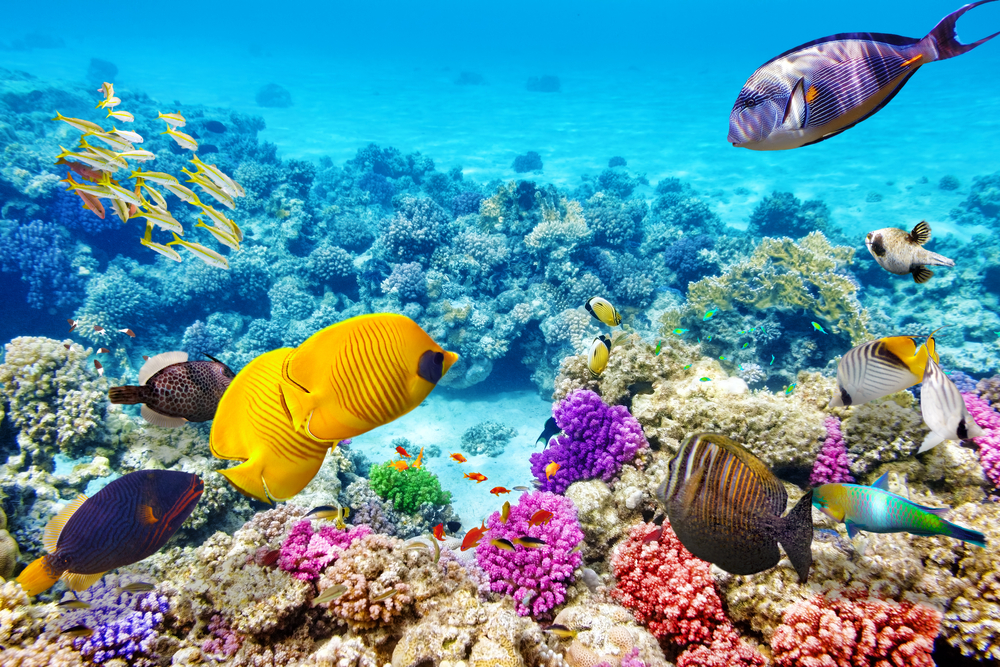Since 1972, the United Nations has worked to protect 229 locations in 96 countries known for their “exceptional natural beauty” and “cultural significance.” These spots, known as World Heritage Sites,
 range from Mount Kilimanjaro in Tanzania to the Great Barrier Reef in Australia, China’s panda sanctuaries, and the Grand Canyon in the United States. A new survey by the World Wildlife Fund, however, has found half of these sites are under threat from oil and gas development, mining, illegal logging, overfishing, or other industrial activities. Eleven million people live in or near these sites, the report says, and depend on them for their housing, food, water, jobs, or ecosystem services like flood protection and CO2 sequestration. “We are not going to develop a just and prosperous future, nor defeat poverty and improve health, in a weakened or destroyed natural environment,” the authors wrote.
range from Mount Kilimanjaro in Tanzania to the Great Barrier Reef in Australia, China’s panda sanctuaries, and the Grand Canyon in the United States. A new survey by the World Wildlife Fund, however, has found half of these sites are under threat from oil and gas development, mining, illegal logging, overfishing, or other industrial activities. Eleven million people live in or near these sites, the report says, and depend on them for their housing, food, water, jobs, or ecosystem services like flood protection and CO2 sequestration. “We are not going to develop a just and prosperous future, nor defeat poverty and improve health, in a weakened or destroyed natural environment,” the authors wrote.

Brian Kinney/Shutterstock
The Great Barrier Reef